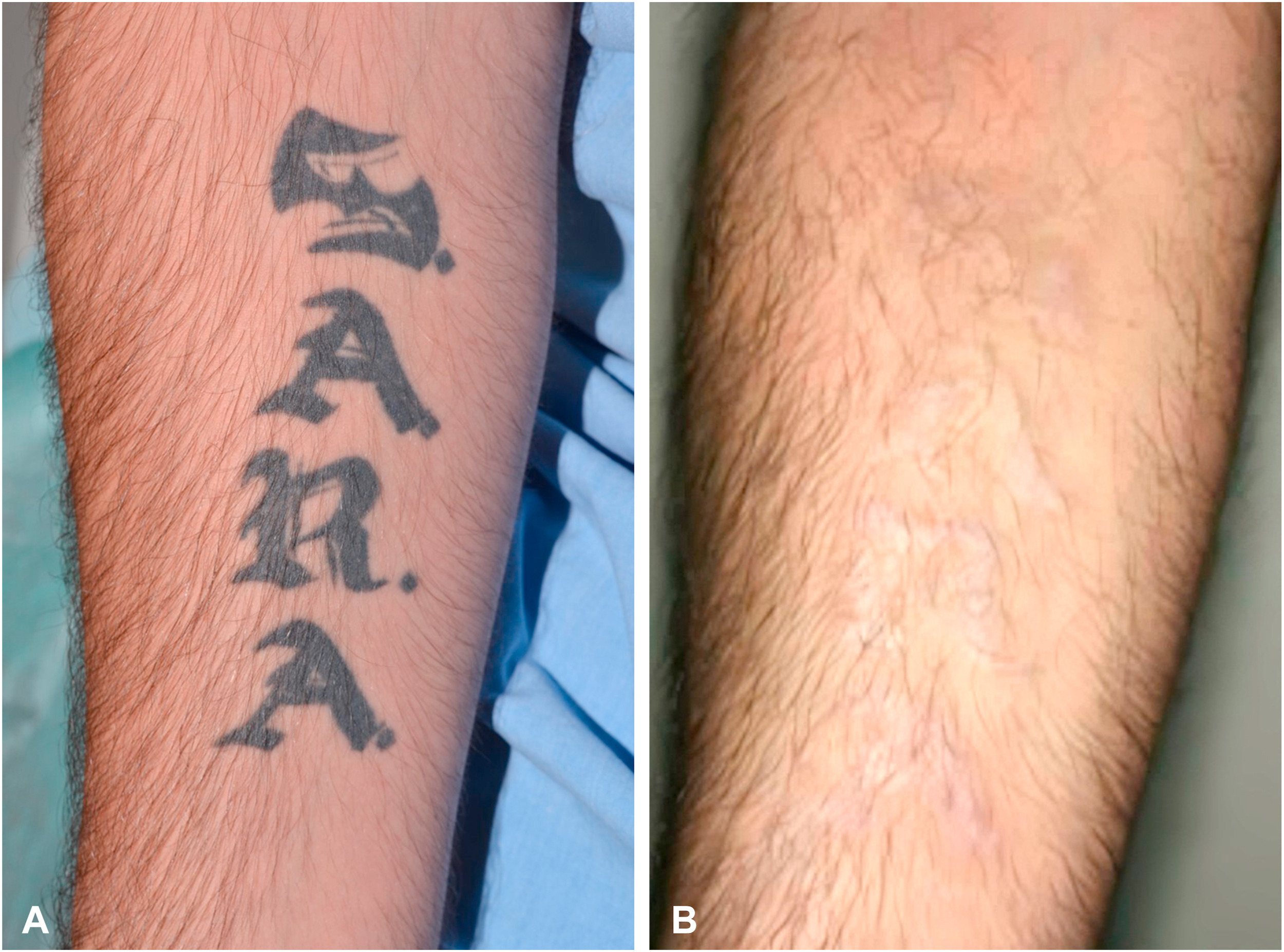Understanding Laser Tattoo Removal
Tattoos can be a beautiful form of self-expression, but sometimes, our tastes or circumstances change, leading us to consider having them removed. Laser tattoo removal has emerged as the most effective way to erase unwanted ink, using advanced technology to break down the pigments in the skin. However, the decision to undergo this procedure should be informed by a thorough understanding of how it interacts with different skin types.
How Laser Tattoo Removal Works
Laser tattoo removal employs highly concentrated beams of light that target the tattoo pigment. When the laser light is absorbed by the ink particles, it causes them to shatter into smaller fragments. Over time, the body’s immune system naturally flushes these fragments away, leading to the gradual fading of the tattoo.
Different lasers are used for different colors of ink. For instance, black tattoos, which absorb all wavelengths of light, are the easiest to remove, while colored inks may require specific laser wavelengths and additional sessions to achieve satisfactory results.
Factors Affecting Laser Tattoo Removal
While the technology behind laser tattoo removal is highly effective, several factors can influence the success and safety of the procedure. These include the age, size, and color of the tattoo, as well as the depth of the ink in the skin. However, one of the most critical factors is your skin type.
Skin Type and Laser Tattoo Removal
Skin type is a significant determinant in the laser tattoo removal process. The Fitzpatrick scale, a classification system for skin types, is frequently used by dermatologists to predict how skin will react to UV light. This scale also helps in assessing the potential risks and effectiveness of laser tattoo removal.
1.Skin Types I to III: People with lighter skin tones generally experience fewer complications with laser tattoo removal. The contrast between the tattoo pigment and the skin allows for better absorption of the laser energy by the ink, reducing the risk of damage to the surrounding skin. However, they may still experience temporary redness and swelling.
2.Skin Types IV to VI: Those with darker skin tones face a higher risk of complications such as hyperpigmentation (darkening of the skin) or hypopigmentation (lightening of the skin). This is because the laser targets pigment, and darker skin has more melanin, which can absorb some of the laser energy intended for the tattoo ink.
Choosing the Right Clinic
The choice of clinic plays a pivotal role in the success and safety of laser tattoo removal, especially for individuals with darker skin tones. If you are considering Sydney tattoo removal, look for clinics that have experience in dealing with a variety of skin types and use advanced, adjustable laser equipment. A skilled practitioner will customize the treatment to your specific skin type and tattoo characteristics, minimizing risks and optimizing results.
Pre-Treatment Consultation
A reputable clinic will offer a thorough pre-treatment consultation where a practitioner assesses your tattoo and skin type. This is an opportunity to discuss your medical history, any medications you are taking, and your expectations from the treatment. The practitioner will explain the process, potential risks, and what kind of results you can realistically expect.
Aftercare and Recovery
Aftercare is a crucial component of the laser tattoo removal process, significantly impacting the final outcome and minimizing potential side effects. Proper care helps the skin heal and reduces the risk of infection or scarring.
Immediate Aftercare
Immediately following a laser treatment, the treated area will likely be red, swollen, and sensitive. It’s essential to keep the area clean and protected from sun exposure. Applying a cold compress can help reduce swelling, and an antibiotic ointment may be recommended to prevent infection.
Long-Term Care
In the weeks following the procedure, avoid exposing the treated area to direct sunlight and refrain from picking at any scabs that form. Moisturizing the area regularly can aid in the healing process. It’s also crucial to follow any specific instructions provided by your practitioner, as they will be tailored to your skin type and the specifics of your treatment.
Is Laser Tattoo Removal Right for You?
Deciding whether laser tattoo removal is right for you involves weighing the benefits against potential risks and considering your skin type’s unique needs. While lighter skin types generally see better results with fewer complications, darker skin types can also achieve excellent outcomes with the right expertise and equipment.
Ultimately, the decision should be made in consultation with a qualified professional who can guide you through the process and set realistic expectations based on your individual circumstances. With proper care and professional guidance, laser tattoo removal can be a safe and effective way to erase unwanted tattoos, allowing you to reclaim your skin.

